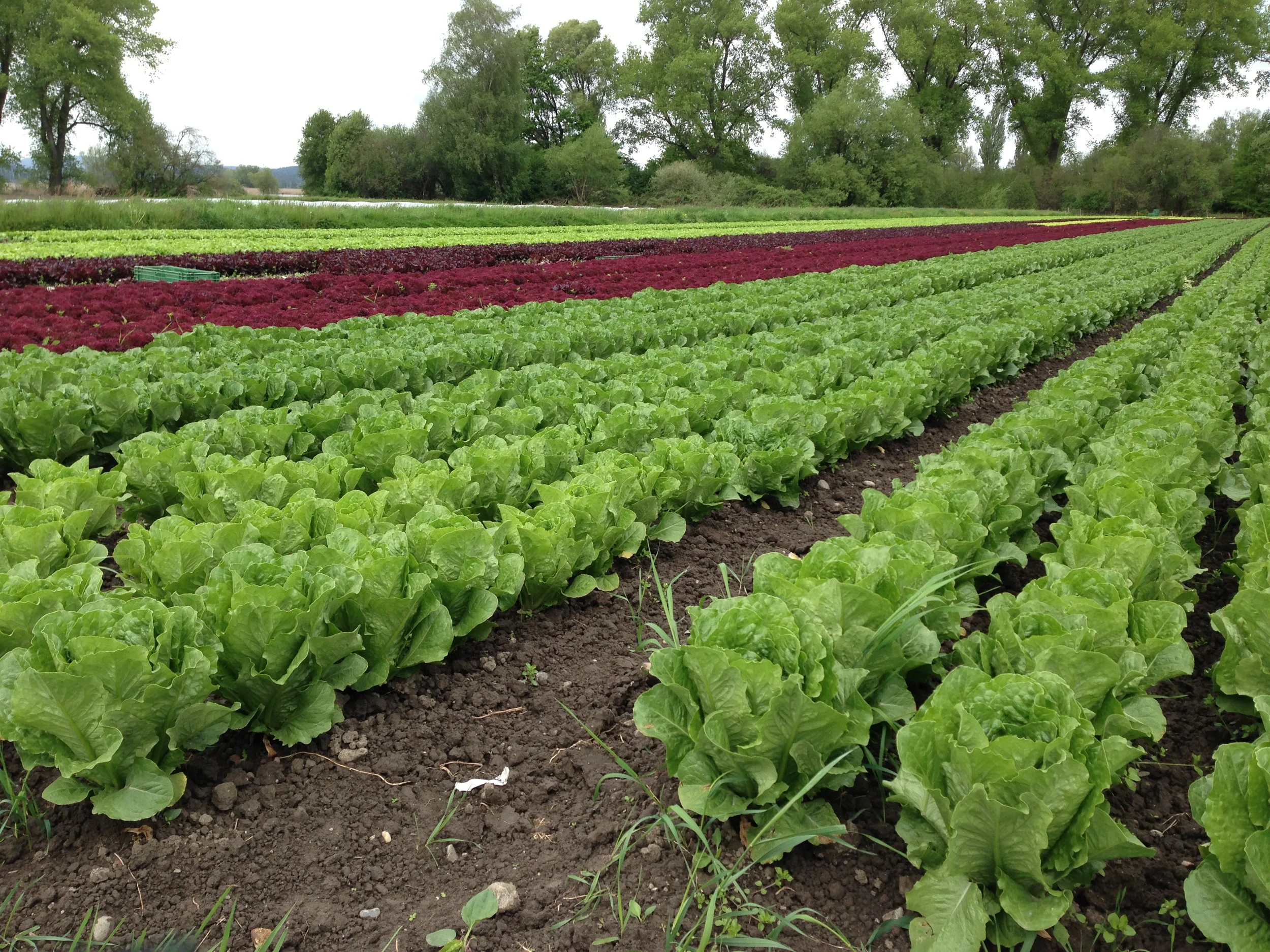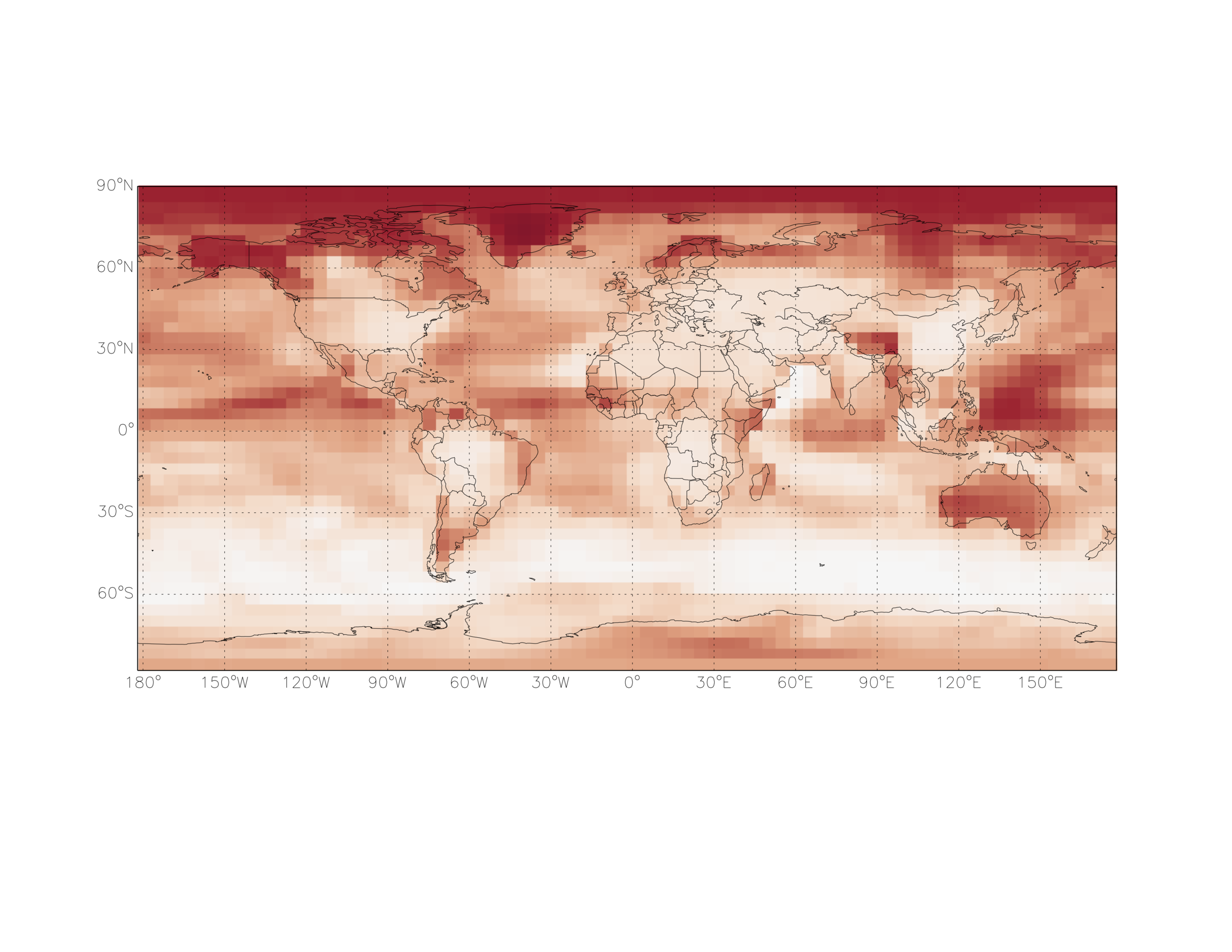



in brief
in brief
PURSUES EFFICIENT MEANS OF IMPROVING AIR QUALITY
DEVELOPS AND APPLIES Sensitivity Analysis Approaches in GEOS-CHEM + CMAQ
DELIGHTS IN INFORMATIVE DATA VISUALIZATION

Attributing Ozone Impacts to Emissions
Tracing human health & ecosystem degradation to emissions sources
Attributing Ozone Impacts to Emissions
Tracing human health & ecosystem degradation to emissions sources
Aim:
Tools:
CMAQ adjoint driven by metrics that evaluate the harm to human health and the environment due to ozone exposure incurred in the US during the summer of 2012.
Human Health
Chronic exposure to ozone, often in cities, increases the risk of death from respiratory illness (Jerrett et al., 2009).
Crops & Timber
Reduced yields of common crops and many trees result from exposure to high ozone levels over the growing season.
Ecosystems
Vegetation that serves varied animal populations in parks can be harmed by ozone, affecting interdependent systems.
Previous Work
We quantified the downwind effects of substituting slowly reacting volatile organic compounds (VOCs) in paints and solvents in the Northeastern corridor by evaluating various emissions scenarios with the CMAQ model (Capps et al. 2010).
Exchanging highly reactive VOCs for more slowly reacting ones based on a certain chemical scale reduced the ozone regulatory metric locally, without notable downwind increases.

Assessing Sources of Aerosol Indirect Effect
Relative influence of emissions on cloud brightness
Assessing Sources of Aerosol Indirect Effect
Relative influence of emissions on cloud brightness
Aerosol Indirect Effect
If you have ever breathed air filled with small particles, you probably know that humans respond to air loaded with lots of aerosol negatively. Clouds also change when concentrations of aerosol or, more specifically, cloud condensation nuclei (CCN) are nearby. Because cloud droplets form on aerosol, the number of CCN present at the base of the cloud affects the concentration of droplets in the cloud. Concentrations of cloud droplets largely determine how much light will reflect off the top of the cloud and how much will get through to the earth (or clouds) below.
Linking Emissions to Clouds
The connection of emissions to indirect radiative effects of aerosol is an aspect of the climate system about which scientists are more uncertain. By using computers and math to represent the chemical and physical transformations of gaseous and aerosol emissions in the atmosphere, we can evaluate the impacts that humans have on the reflectivity of clouds. To do so efficiently, though, sensitivity analysis tools like adjoints are excellent.
Previous Work
We have developed the adjoint of the updated Nenes and Seinfeld droplet activation parameterization and applied it to the results of two global chemical transport models to understand the relationship of cloud formation parameters and aerosol droplet concentrations.
- Karydis, V. A., Capps, S. L., Russell, A. G., and Nenes, A.: Adjoint sensitivity of global cloud droplet number to aerosol and dynamical parameters, Atmos. Chem. Phys., 12, 9041-9055, doi:10.5194/acp-12-9041-2012, 2012. { pdf }
- Karydis, V. A., Capps, S. L., Moore, R. H., Russell, A. G., Henze, D. K., and Nenes, A.: Using a global aerosol model adjoint to unravel the footprint of spatially-distributed emissions on cloud droplet number and cloud albedo, Geophys. Res. Lett., 39, L24804, doi:10.1029/2012GL053346, 2012. { pdf }
Ongoing work
After incorporating the adjoint of ISORROPIA and the droplet adjoint in the GEOS-Chem adjoint framework, we seek to understand these effects in the coupled model.
- Capps, S. L., Henze, D. K., Hakami, A., Russell, A. G., and Nenes, A.: ANISORROPIA: the adjoint of the aerosol thermodynamic model ISORROPIA, Atmos. Chem. Phys., 12, 527-543, doi:10.5194/acp-12-527-2012, 2012. pdf
Image from NASA





